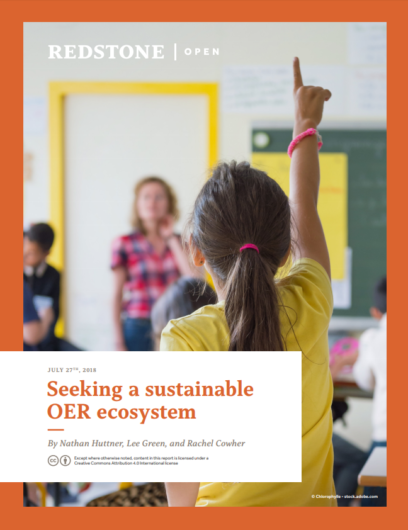Sustainability for OER will require a shared focus on its potential impact and balancing the interests of all stakeholders.
Open educational resources (OER) have gained popularity and demonstrated their early potential to improve student outcomes through rigorously developed, customizable materials at low cost. As a result, it has become increasingly important to consider the long-term viability of the ecosystem of content and organizations, institutions, and people who create, share, and use OER.
The following report is based on stakeholder interviews and a literature review of OER and other open-driven industries. It presents a definition of sustainability for the OER ecosystem and a series of challenges and potential solutions to realizing a sustainable ecosystem. While the report considers international contexts, examples are largely focused on the US context of K-12 and higher education procurement practices and Common Core standards alignment.
Learn more
Do you have any questions about the report’s background, content, or implications for your own work? Please reach out. We’d love to help.
